Stratigraphic interpretation
/Over the weekend, Lisa Stright posted a question on the Software Underground’s Slack:
“[… W]hat are you favorite seismic attributes for analyzing subtle stratigraphic changes in vertical sections (not time or strata slices)? I’m trying to quantitatively analyze sedimentological information from seismic data and am curious about either best practices and/or useful approaches in reservoir geophysics.”
I really like questions like this, because they tend to bring out a lot of useful tricks and ideas from the community. However, my own response turned into a bit of a wall of text, so I thought I’d unpack it a bit here, with some links and detail.
I’ll start with the general advice for any reservoir seismic interpretation:
Before trying any interpretation that relies on reflector patterns, it’s crucial to make sure the phase is good. There are two really good papers to read on phase determination: Roden & Sepulveda (1999) and Perz, Sacchi and O’Byrne (2004). I summarized this in the SubSurfWiki article on phase determination. (Note to self: it would be fun to write a tool to semi-automate some of these tests.)
Always use at least 16-bit, unfiltered data for attributes. If you’re having data processed, it’s important to ask for unfiltered data, because in my experience most processors just can’t help themselves.
If using marine data, it's imperative that you know where to expect multiples because they can create convincing pinch out etc. Make integer multiples of the seafloor to help predict — and there are lots of other horizons you could make.
You need to know the tuning thickness for the interval of interest. You can compute it with the uppermost frequency, \(f_\mathrm{max}\) (the frequency when the normalized power hites –20 dB down) and velocity \(v\) as \(v / 4f_\mathrm{max}\) (n.b. spatial resolution is \(v / 2f_\mathrm{max}\)). Amplitudes that you can interpret as tuning effect might help you spot thickness variations in thin beds near and below seismic resolution.
As for the attributes, I've never got on with fancy 'pattern' attributes like parallelism, although it is different from anything else. Plenty of experienced interpreters mention cosine of phase too, but again I don’t recall having used it on the battlefield; perhaps I’m missing out, or maybe my data’s just never been suitable.
Instead, here are the ones I tend to go for:
Integrated trace is the most under-appreciated attribute, in my opinion. It is sometimes called relative acoustic impedance and is incredibly cheap to compute.
Semblance is a genuinely different view of your data, at least in stratal slices. (I realize now that Lisa explicitly said she wasn’t interested in stratal horizontal attributes, but I‘ll leave it in for completeness Same for the next one…)
Spectral decomposition is a good tool if done carefully, again in stratal slices. Stick to the band of your data though.
By the way, before doing anything important with attributes, read everything you can by Art Barnes, starting with Too many seismic attributes? (Barnes 2006). TL;DR — he says there are only 10 you need to know about.
Advice from other interpreters
Art Barnes isn’t the only one with good advice to offer!
In the same Slack thread, Steve Purves (who wrote a nice Geophysical Tutorial about phase) mentioned the awesome PyLops tutorial on coloured inversion (PyLops is a linear operator package from Equinor). And Rob G also pointed out the merits of inversion for stratigraphic interpretation. (With the added bonus that you don’t need absolute impedance from it, so a lot of the usual inversion challenges, like low-frequency models, aren’t quite as critical).
Rob G also had this awesome advice:
“I would also have a look at the amplitude-frequency spectrum of your seismic data compare it to the spectra of your well acoustic impedance logs (in your AOI). Then consider doing some spectral shaping to enhance the higher frequencies in the seismic to match the well logs (spectral blueing). This should allow you to see more details, however you have to be very careful to ensure you are not over boosting the higher frequencies which contain more noise than signal.”
Finally, Doug McClymont, who I know from several events in the UK to be a wise geophysicist, underscored the usefulness of both the ‘instantaneous phase of the peak envelope’ and the ‘phase rotation with the highest amplitude’ methods, especially when well ties are prone to unresolvable time shift residuals. Great advice.
As the Software Underground continues to evolve, these are the conversations that keep it awesome.
References
Barnes, A (2006). Too many seismic attributes? CESG Recorder 31 (3). Available online.
Perz, M, M Sacchi and A O'Byrne (2004). Instantaneous phase and the detection of lateral wavelet stability. The Leading Edge 23 (7), 639–643. DOI 10.1190/1.1776731.
Purves, S (2014). Geophysical Tutorial: Phase and the Hilbert transform. The Leading Edge 33, p 1164–1166. DOI 10.1190/tle33101164.1
Roden, R and H Sepulveda (1999). The significance of phase to the interpreter; practical guidelines for phase analysis The Leading Edge 18 (7), p. 774–777. DOI 10.1190/1.1438375









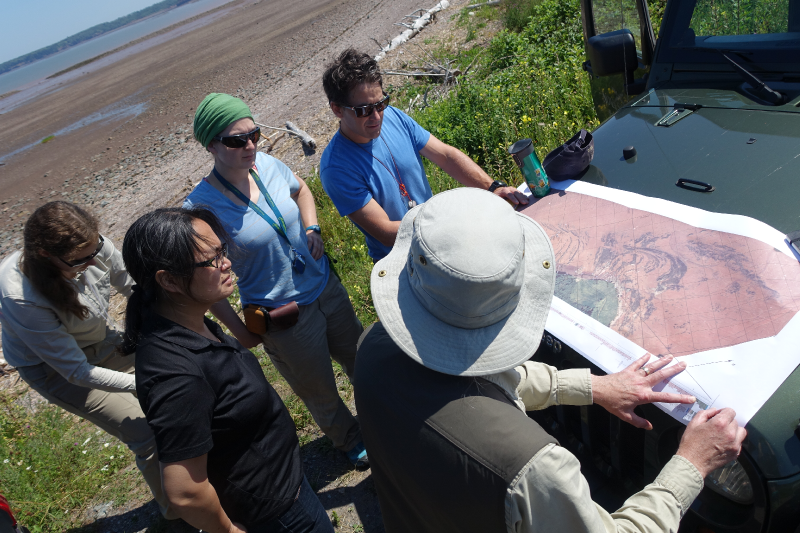


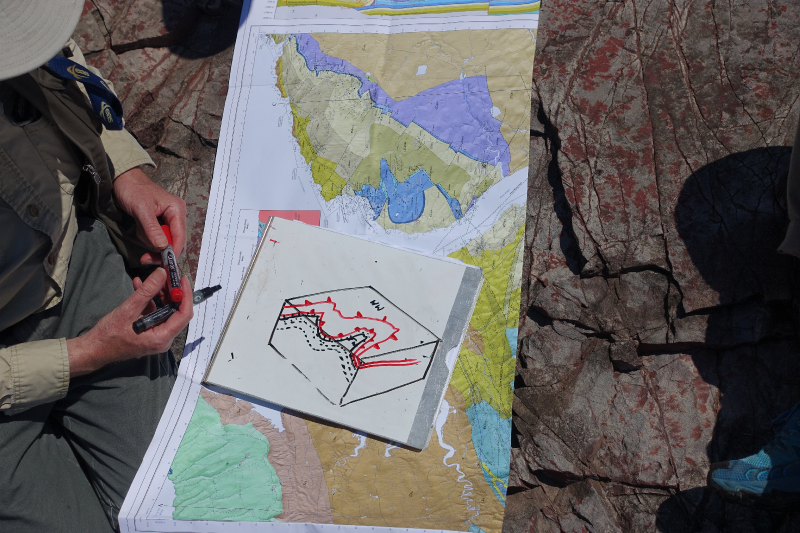
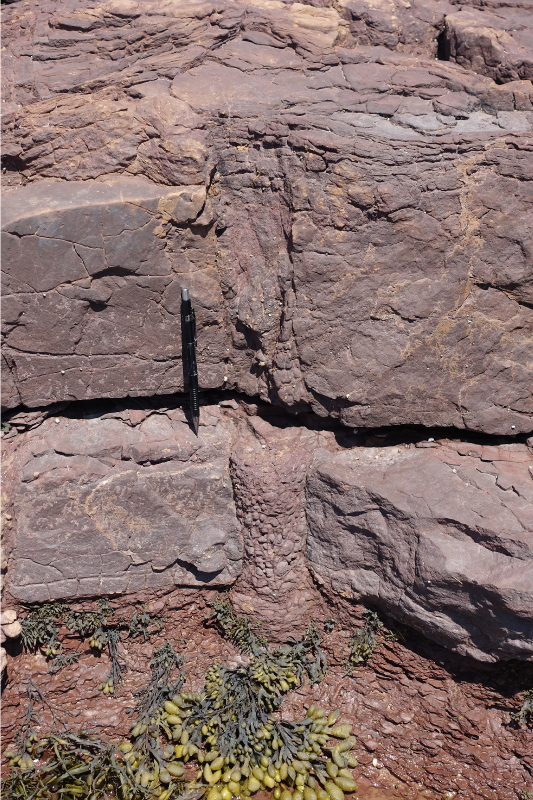
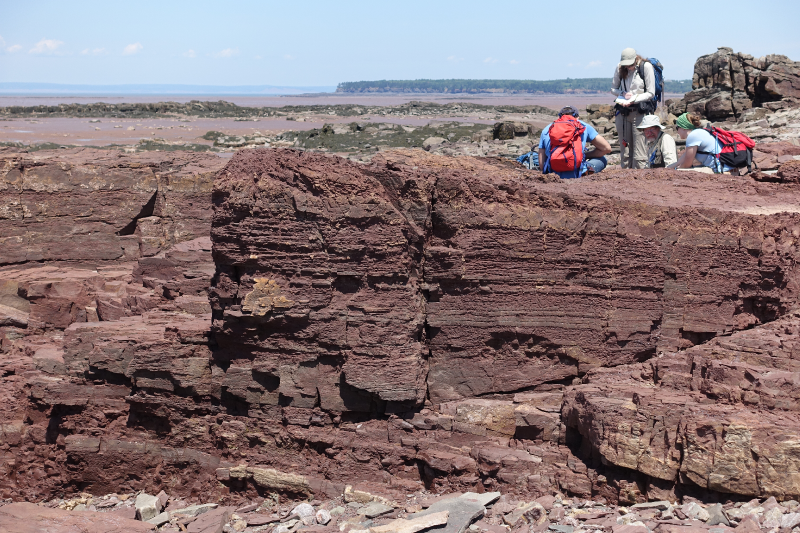
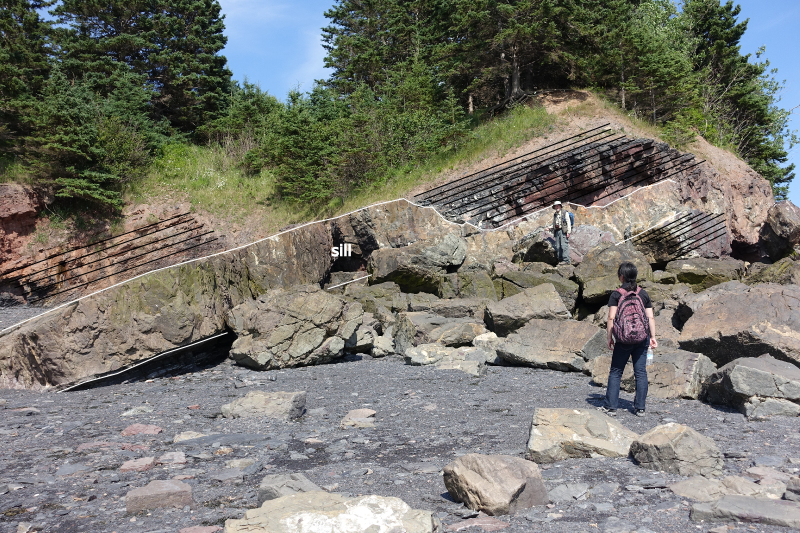

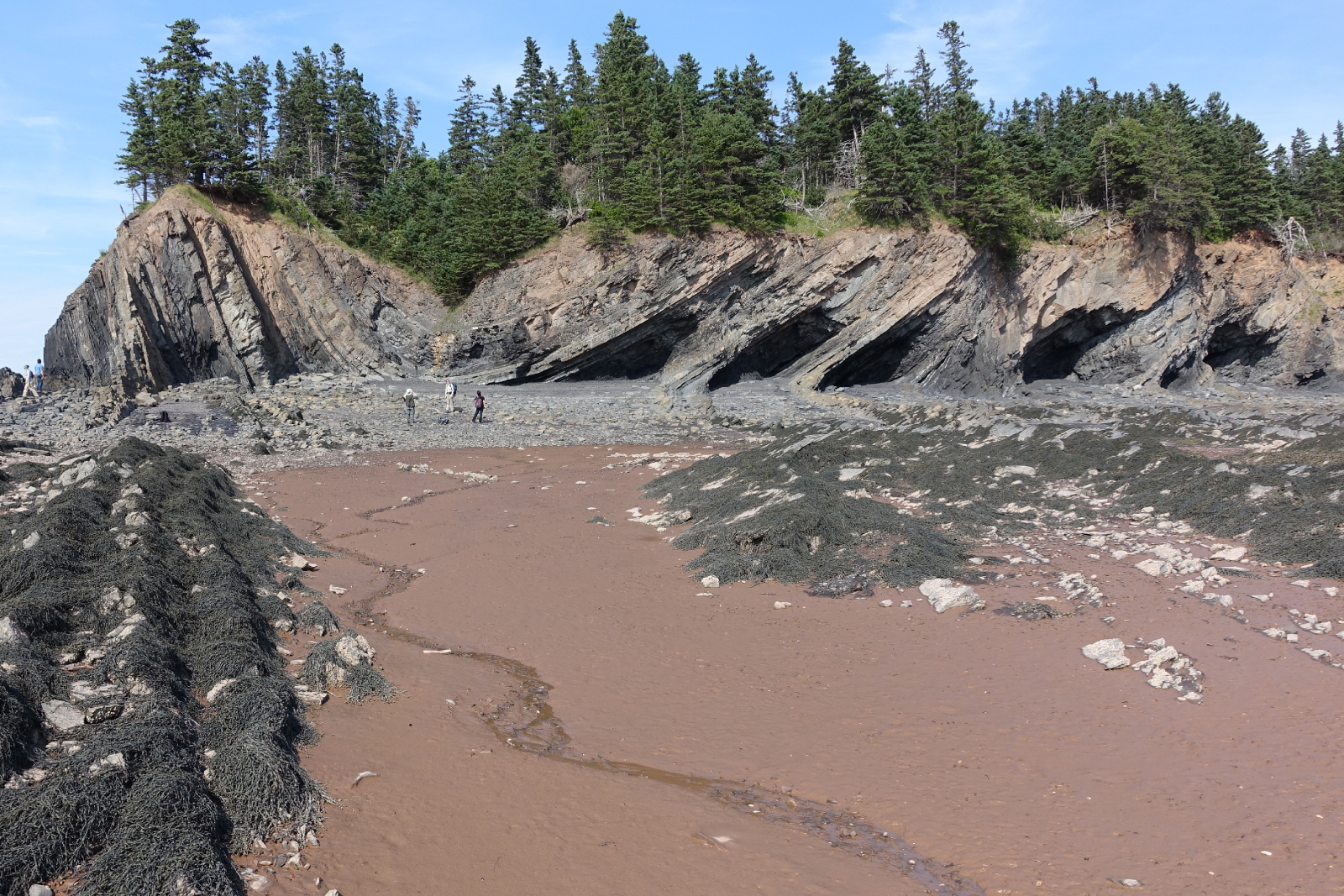
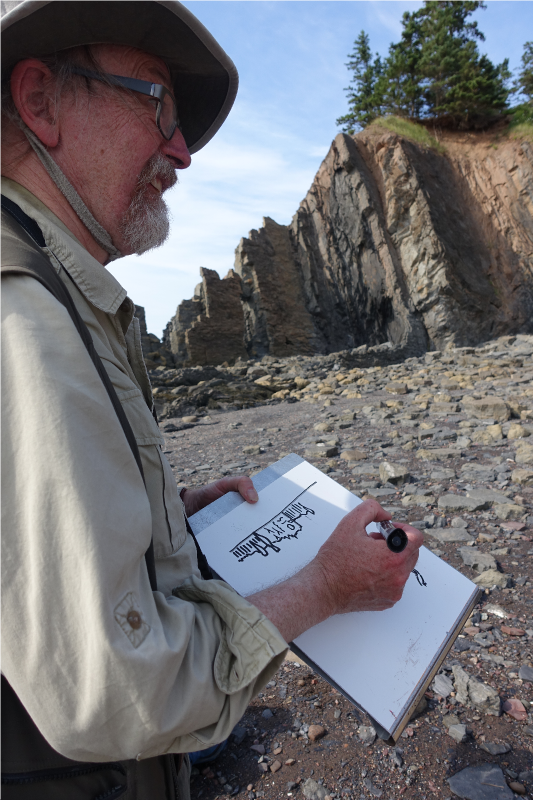
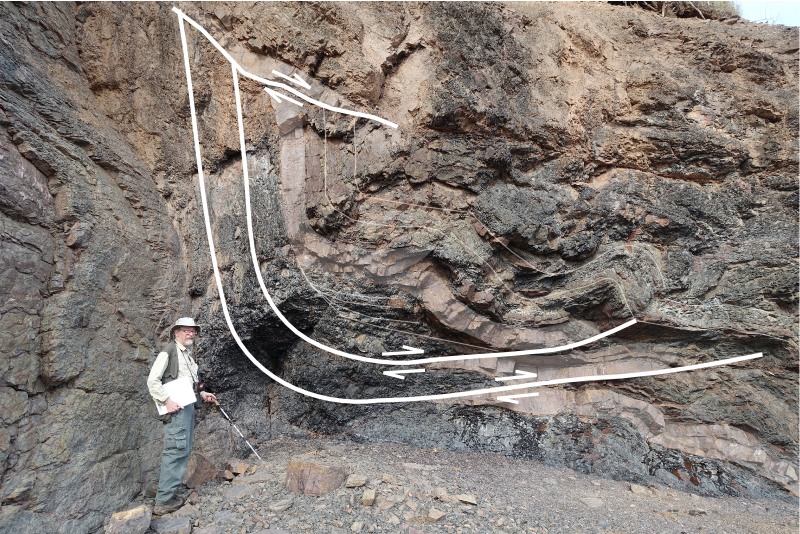
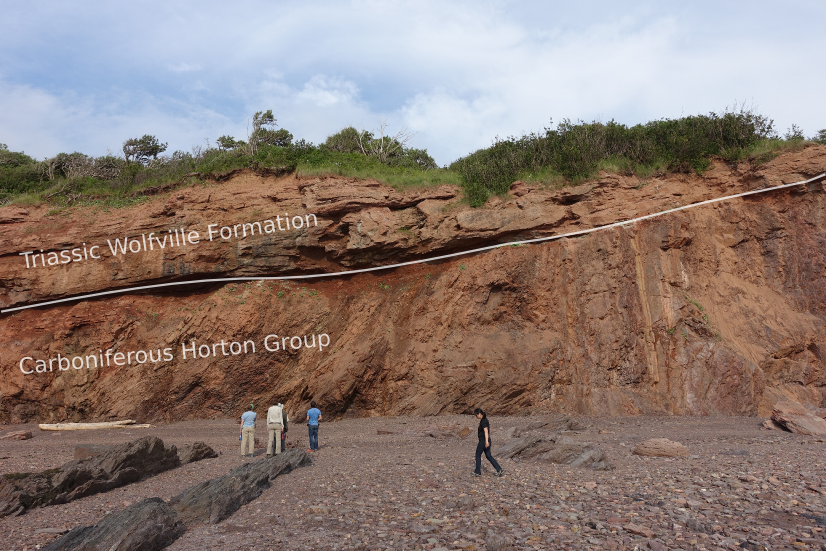
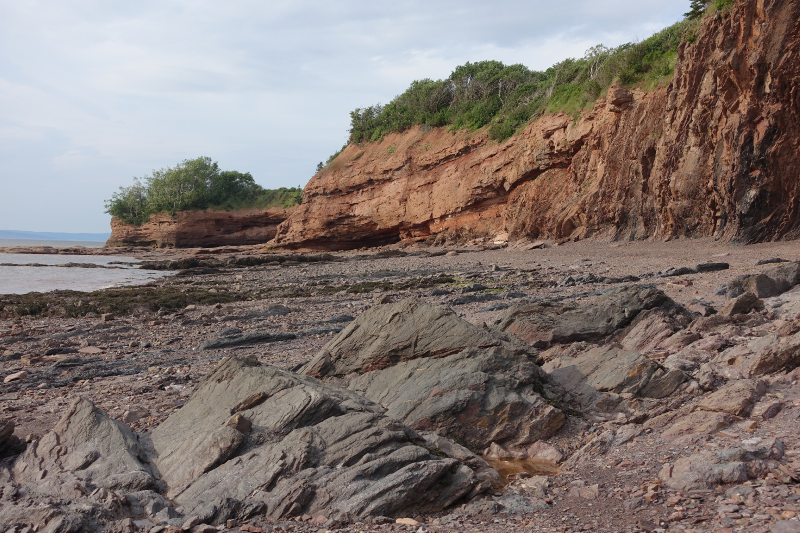
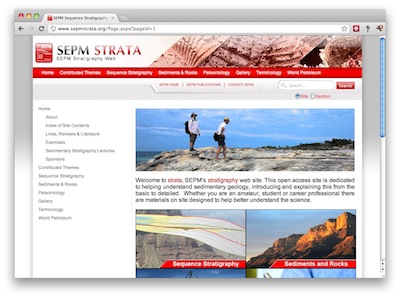


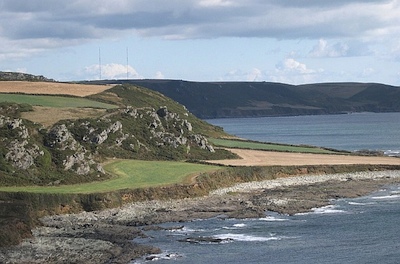
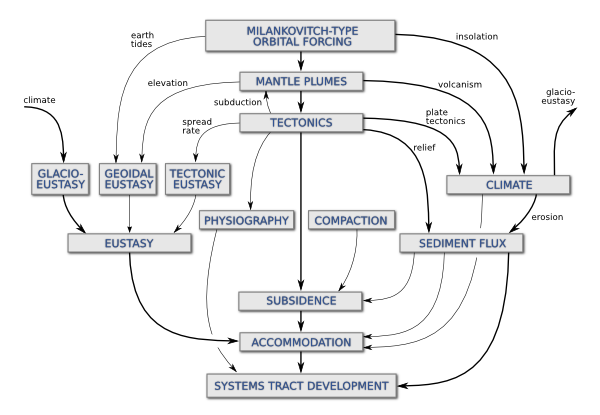
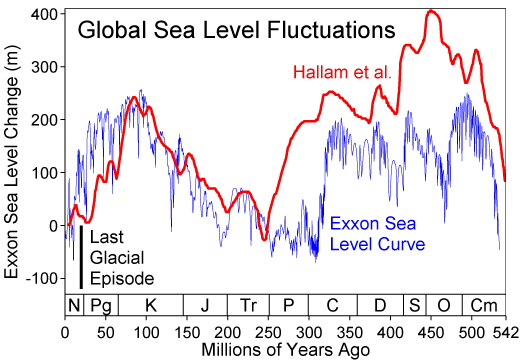
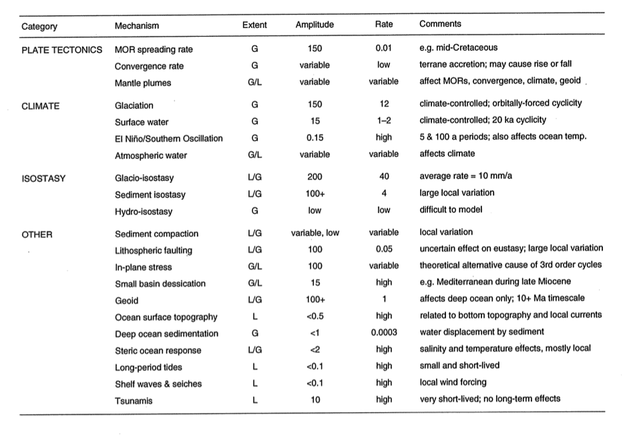
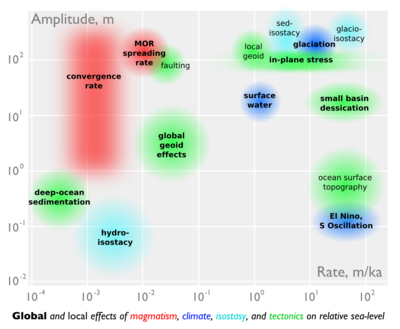







 Except where noted, this content is licensed
Except where noted, this content is licensed